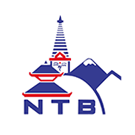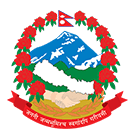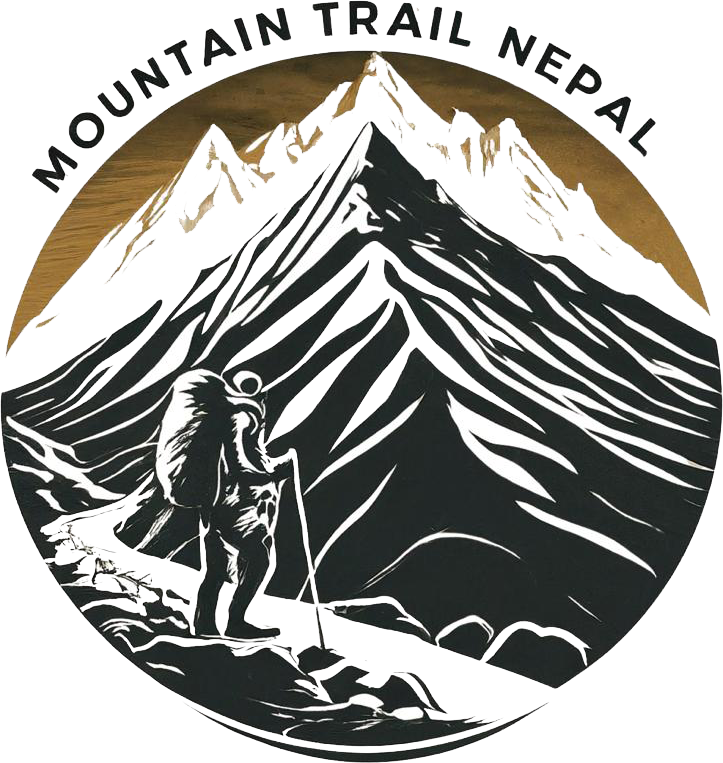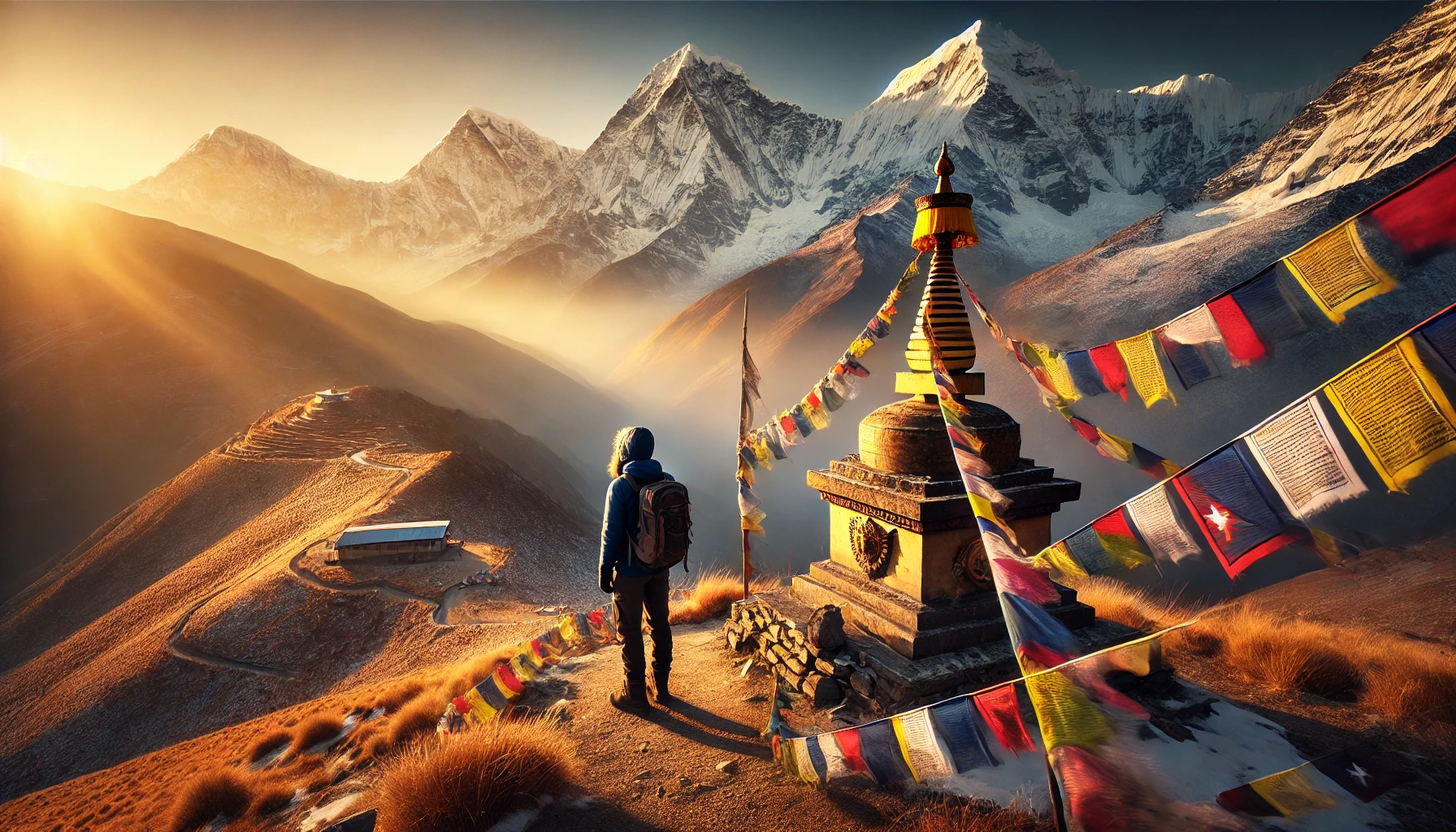The Transformational Power of Trekking in Nepal
Trekking in Nepal is not just about reaching high altitudes; rather, it’s a journey that transforms your mind, body, and spirit. Imagine walking through ancient trails where monks have meditated for centuries, feeling the crisp mountain air, and immersing yourself in the stillness of nature.
Mindful trekking, therefore, is about more than just adventure; it’s a path to self-discovery. As you walk through the Himalayas can help you connect with nature, explore ancient cultures, and ultimately find inner peace. Moreover, if you add yoga or meditation to your trek, it can become a truly life-changing experience.
Learning from Nature: The Essence of Mindful Trekking in Nepal
Nepal’s landscapes are not only beautiful; indeed, they possess a special energy. For instance, as you walk through green forests, cross rivers, and stand in the shadow of towering mountains, you may feel small—but in a good way. Eventually, you come to realize how vast and interconnected the world truly is.
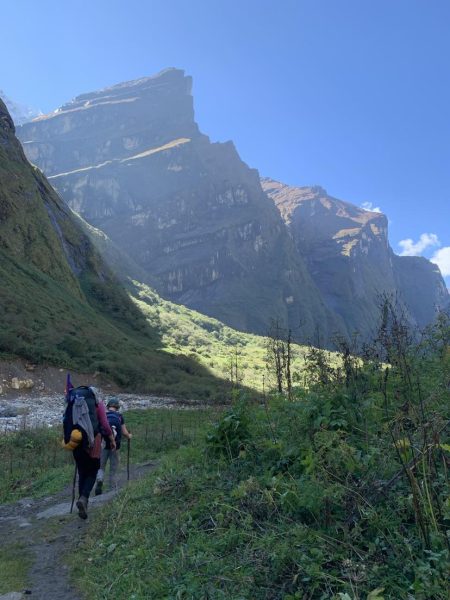
The sound of the wind, the rustling of leaves, and the silence of high-altitude deserts create a peaceful environment. As a result, many trekkers say the mountains teach them to let go of stress and focus on what really matters. This is the essence of mindful trekking in Nepal—finding peace and clarity along the journey.
Experiencing Culture Along the Trails
Nepal is not just about mountains; it is also home to rich traditions. While you trek, you will pass through villages where life has remained unchanged for centuries. You’ll see colorful prayer flags, Buddhist stupas, and locals spinning prayer wheels.

Staying in small teahouses with local families is one of the most magical parts of the journey. In addition, sharing meals, listening to stories, and learning about their traditions will make you appreciate life in a completely new way. In fact, many trekkers leave with a new sense of gratitude and a deeper understanding of community.
However, for some, mindful trekking in Nepal is more than just an experience—it’s a spiritual journey.
Trekking as a Pilgrimage
Beyond physical adventure, mindful trekking in Nepal has long been a path for seekers searching for deeper meaning. For example, many trails, such as Everest Base Camp and Muktinath, hold ancient spiritual significance. Walking these paths feels like stepping into history, where every prayer flag and monastery tells a story of devotion and wisdom.
Along the way, you’ll encounter ancient monasteries, prayer walls, and sacred shrines. Whether you are religious or not, these places carry a peaceful energy that invites you to pause, reflect, and be present in the moment.
Yoga and Meditation in the Mountains
Adding yoga and meditation to your trek enhances mindfulness, helping you connect with yourself and the Himalayas on a deeper level. Even a few moments of stillness in nature can make a significant difference.

If you want to make your trek even more meaningful, adding yoga and meditation can be the key. For instance, imagine starting your day with yoga as the sun rises over the Himalayas, or meditating by a quiet mountain lake at sunset.
The remote environment, free from distractions, makes it easier to focus on yourself. You don’t need to be an expert—just taking a few moments to breathe deeply and be present can make all the difference in how you feel during your journey.
Lessons from the Himalayas
Mindful trekking in Nepal teaches you patience, strength, and gratitude. For example, the physical challenges—steep climbs, altitude sickness, and changing weather—will push you beyond your limits. However, in these difficult moments, clarity and inner strength often emerge.
By the time you finish your trek, you won’t just have photos and memories; you will have a deeper connection with nature, a respect for different cultures, and a sense of peace that stays with you long after you leave the mountains.
Final Thoughts
Trekking in Nepal is more than an adventure—it’s a journey for the soul. In fact, it’s about slowing down, listening to nature, and opening your heart to the wisdom of the mountains and the people who live there.
Whether you are an experienced trekker or a first-time traveler, Nepal has a way of reminding you what truly matters in life. And if you combine trekking with yoga and meditation, your journey can become even more powerful.
So, lace up your boots, take a deep breath, and let the journey begin.
Soulful Steps: Trekking, Meditation, and the Spirit of Langtang
In November 2024, we set off on an exciting trek to Langtang with a Yala Peak climb. The journey began with a drive from Kathmandu to Syabrubesi, where we spent our first night. The next morning, full of energy, we began our trek to Lama Hotel. However, soon we realized a mistake—we hadn’t booked a room in advance! Lama Hotel, being a central stop for both ascending and descending trekkers, was fully packed. With no other option, we and a few other trekkers had to sleep in the dining hall. It wasn’t the best sleep, but it was a fun experience that reminded us of impermanence and the need to embrace each moment with gratitude.
As we continued our journey, we immersed ourselves in mindfulness. Every step became a meditation, every breath a prayer. The towering peaks, the sound of the river, and the whispering winds all felt like nature’s way of guiding us toward inner peace. Along the way, we visited Buddhist Gompas and monasteries, where we took moments of silence, letting the energy of these sacred spaces fill our hearts. The sight of prayer flags fluttering in the wind and the rhythmic chants of monks created a deep sense of serenity within us.
After passing Kyanjin, we headed toward Yala Peak Base Camp, where we set up our tents. That night was unforgettable—our tents were frozen, covered in layers of ice. Stepping outside felt like walking into a deep freezer! Yet, in that extreme cold, we found stillness.
“That night at Yala Peak Base Camp, our tents were frozen, wrapped in layers of ice. Stepping outside felt like stepping into a world untouched by time—silent, vast, and humbling. Despite the biting cold, we meditated under the stars, feeling a deep sense of connection to the universe. As we climbed to the summit, slow steps turned into a personal mantra—teaching us that patience, determination, and mindfulness could take us anywhere, both in trekking and in life. When we had to wake up at 2 AM for the summit push, no one wanted to leave their sleeping bags, but we reminded ourselves of the Sherpa wisdom: “Slow steps reach far.”

Despite the cold, we pushed forward with determination. The climb was challenging, but each step upward felt like a step toward self-discovery. When we finally stood at the summit of Yala Peak, the breathtaking views felt like a divine blessing. The vastness of the Himalayas reminded us of the infinite possibilities in life and the beauty of perseverance. Filled with joy and accomplishment, we made our way back to base camp and eventually to Syabrubesi, bringing an end to this incredible adventure.
After descending back to Syabrubesi, we ended this incredible adventure, feeling a sense of peace. In fact, we realized that every path we walk holds the potential for transformation.
Best Spiritual Treks in Nepal:
1. Everest Base Camp via Tengboche Monastery
Why spiritual? To begin with, this trek takes you through Tengboche Monastery, the largest monastery in the Everest region. The sight of Mount Everest behind fluttering prayer flags makes it a truly spiritual experience. Additionally the monks chanting in the monastery add to the peaceful atmosphere.
Best for: Spiritual seekers, experienced trekkers (due to high altitude and long trekking days).
Expect: Stunning views of Everest, visits to Sherpa villages, and meditation moments at sacred sites.
2. Annapurna Sanctuary Trek
Why spiritual? The trek leads to the heart of the Annapurna range, a place deeply revered by locals. The natural amphitheater of Annapurna Base Camp is often compared to a temple in itself, inspiring deep introspection. As a result, this trek is perfect for those looking for spiritual reflection.
Best for: Beginners, nature lovers, and those seeking deep reflection in nature.
Expect: Breathtaking mountain views, peaceful sunrise meditations, and a sense of awe in nature’s presence.
3. Upper Mustang Trek
Why spiritual? Known as the “Last Forbidden Kingdom,” Upper Mustang preserves Tibetan Buddhist culture. The caves of Lo Manthang, ancient monasteries, and the spiritual energy of the region make it a perfect place for a meditative trek. Thus, it’s an excellent opportunity for spiritual seekers to connect deeply with the land.
Best for: Cultural explorers, spiritual seekers, and experienced trekkers (due to its remoteness and dry terrain).
Expect: Remote, untouched landscapes, encounters with monks, and insights into Tibetan Buddhist traditions.
4. Gosaikunda Trek
Why spiritual? The high-altitude sacred lake of Gosaikunda is a Hindu pilgrimage site believed to be created by Lord Shiva. Trekkers often find a deep sense of peace and reflection in this isolated setting. Consequently, this trek provides both physical and spiritual rewards.
Best for: Pilgrims, spiritual seekers, and moderate trekkers (some steep climbs but rewarding views).
Expect: Alpine lakes, high-altitude meditation spots, and a blend of Hindu and Buddhist spiritual influences.
5. Tsum Valley Trek
Why spiritual? Known as the “Hidden Valley of Happiness,” Tsum Valley is home to ancient Buddhist traditions, sacred caves, and meditation sites associated with the great saint Milarepa. As a result, it offers a perfect environment for deep spiritual growth.
Best for: Spiritual seekers, meditation practitioners, and those looking for an off-the-beaten-path experience.
Expect: Peaceful villages, interactions with Buddhist monks, and visits to sacred caves for meditation.
6. Helambu Trek
Why spiritual? Helambu is known for its strong Buddhist influence, with several monasteries and meditation centers, making it a great short spiritual trek close to Kathmandu. Therefore, it’s ideal for those looking to incorporate mindfulness into a shorter journey.
Best for: Beginners, spiritual travelers, and those with limited time.
Expect: Monastery visits, stunning Himalayan views, and quiet trails for mindful walking.
7. Rara Lake Trek
Why spiritual? Rara Lake, Nepal’s largest lake, is a pristine and isolated location. The silence and beauty of the lake make it a perfect destination for those seeking inner peace. As such, this trek is ideal for those looking to disconnect and find serenity.
Best for: Nature lovers, solitude seekers, and those wanting a peaceful trek.
Expect: A peaceful, remote journey, breathtaking lake views, and complete immersion in nature.
8. Pathibhara Trek
Why spiritual? Pathibhara Devi Temple is a revered Hindu pilgrimage site, believed to fulfill the wishes of those who pray with a pure heart. It’s a great spiritual trek for both devotees and seekers of solitude. Therefore, it combines devotion with the beauty of nature.
Best for: Devotees, spiritual seekers, and those looking for a short but meaningful trek.
Expect: Sacred rituals, stunning sunrise views, and a mix of devotion and adventure.
9. Kanchanjunga Base Camp Trek
Why spiritual? The area is sacred to both Hindus and Buddhists, and its remoteness provides an ideal setting for self-discovery and reflection. This trek offers not just scenic beauty, but a chance for deep introspection as well.
Best for: Experienced trekkers and those looking for solitude and self-discovery.
Expect: Majestic mountain landscapes, fewer crowds, and an opportunity for deep personal reflection.
10. Panch Pokhari Trek
Why spiritual? The five holy lakes of Panch Pokhari are a significant pilgrimage site for Hindus and offer an off-the-beaten-path experience in the Himalayas. Consequently, it provides an incredible opportunity for spiritual reflection in a quiet, remote setting.
Best for: Pilgrims, spiritual travelers, and those wanting a quiet adventure.
Expect: Pristine lakes, quiet meditation spots, and a chance to disconnect from the modern world.
Trekking in Nepal is more than just a physical adventure—it’s a journey of self-discovery, connection, and transformation. The Himalayas offer not just breathtaking landscapes but also a chance to slow down, reflect, and find peace within. Whether you dream of meditating in the quiet valleys of Tsum, walking the sacred trails of Gosaikunda, or finding stillness at Everest’s doorstep, your journey begins with a single step.
Are you ready to take that step? Start planning your spiritual trek today! Drop a comment below and share your thoughts, experiences, or questions—we’d love to hear from you.
🔹 Have you already done a spiritual trek in Nepal? Share your experience and tips!
🔹 If you’re planning a trek, what excites you the most?
Let’s start a conversation in the comments! Your insights and stories can inspire others on their own mindful trekking journey.
Each of these treks offers more than just physical adventure—they provide an opportunity to connect with nature, reflect on life, and experience Nepal’s rich spiritual traditions.
How to Prepare for a Mindful Trek in Nepal
A mindful trek is more than just walking in the mountains. It’s about being present, connecting with nature, and finding inner peace. To make your journey comfortable and meaningful, here’s what you need to know.
1. Packing List for a Mindful Trek
Packing smart ensures you stay comfortable and fully present on your trek. Here’s what you’ll need:
Essential Gear
Backpack (30–50L) – Big enough for essentials but not too heavy
Trekking boots – Comfortable and already worn-in to avoid blisters
Layered clothing – Lightweight and breathable for different temperatures
Sleeping bag – Warm enough for cold nights in the mountains
Trekking poles – Help with balance and reduce strain on your knees
Mindfulness & Meditation Items
Journal – Write your thoughts and reflections along the way
Prayer beads (Mala) – Useful for meditation or chanting
Small prayer flag or religious item – If you follow a spiritual practice
Music player (optional) – For guided meditation or peaceful sounds
Health & Safety Must-Haves
First-aid kit – Includes altitude sickness medicine, bandages, and pain relievers
Water filter or purification tablets – Safe drinking water is important
Sunscreen & lip balm – Protect your skin from strong mountain sun
Snacks – High-energy foods like nuts, dried fruit, or protein bars
2. Best Time to Go for a Mindful Trek
Choosing the right season makes your trek more enjoyable.
Spring (March–May): Beautiful rhododendron forests and clear skies
Autumn (September–November): Stable weather and stunning mountain views
Winter (December–February): Peaceful and less crowded, but very cold at high altitudes
Monsoon (June–August): Lush green landscapes, but trails can be muddy and slippery
3. Mind & Body Preparation: Getting Ready for the Trek
A mindful trek is more than just walking—it’s about being physically and mentally prepared for the journey ahead.
🔹 Mental Preparation
Practice daily meditation – Helps you stay calm and present during the trek
Set an intention – Why are you trekking? For peace, clarity, or adventure?
Learn about the route – Understand the spiritual significance of the places you’ll visit
🔹 Physical Training
Start hiking regularly – Walk with a backpack to get used to carrying weight
Strength exercises – Squats and lunges help with uphill trekking
Improve endurance – Jogging, cycling, or swimming will help build stamina
✔ Pro Tip: Start training at least 4–6 weeks before your trek to build strength and endurance gradually.
Spiritual Practices for the Journey
Your trek is not just about movement—it’s about awareness. Practicing these simple mindfulness techniques will help you feel more present with every step.
🔹 Meditation Techniques for Trekking
Walking Meditation – Focus on each step and your breath as you move
Silent Trekking – Try walking in silence for a while to deepen mindfulness
Gratitude Practice – Pause to appreciate the beauty of the mountains and the people you meet
🔹 Mindfulness Tips for the Trail
Be present – Listen to the wind, feel the earth under your feet, and embrace the moment
Respect local culture – Greet people with a smile and a simple “Namaste”
Leave no trace – Carry out all your trash and avoid plastic waste
✔ Pro Tip: Take moments to sit in stillness, breathe deeply, and simply observe your surroundings.
Are You Ready for a Mindful Trek?
Packed light but with all essentials
Prepared physically with hikes and exercises
Mentally ready with meditation and intention-setting
Open to embracing the journey with mindfulness and gratitude
Are you ready to embark on your own mindful trekking journey? Whether you seek adventure, spiritual insight, or simply a break from daily life, Nepal’s trails are waiting for you. Pack your bags, open your heart, and let the mountains guide you to something greater.”
“Are you ready to experience the transformational power of trekking in Nepal? Let us handle all the logistics while you focus on the journey. Contact us today to plan your next adventure!”
Blog Tags:
- #Annapurna Trek
- #Cultural Trekking Nepal
- #Everest Base Camp Trek
- #Inner Peace Trek
- #Langtang Trek
- #Meditation In Nepal
- #Mindful Trekking Nepal
- #Mindfullness In Nature
- #Nepal Travel Guide
- #Sacred Sites In Nepal
- #Spiritual Journey
- #Spiritual Trekking
- #Trekking in Nepal
- #Trekking with Yoga
- #Yoga and Meditation Trek
Quick Link
Latest Blogs

Nepal Untouched Beauty: Exploring Shey Phoksundo Lake
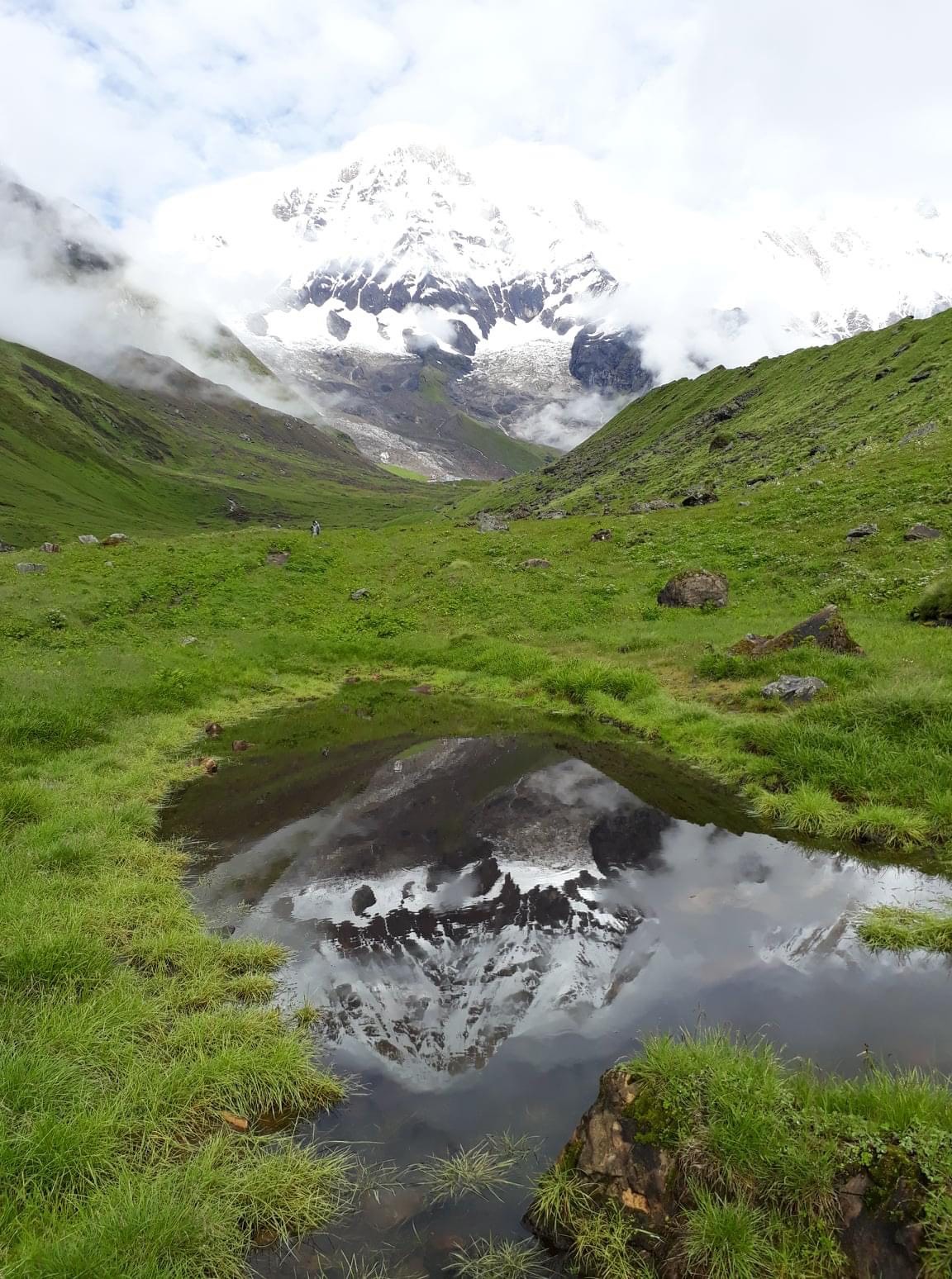
High Altitude Adventure: A Guide to the Annapurna Base Camp Trek
Affliations
We are Associated and Certificied with
